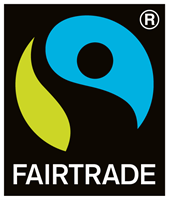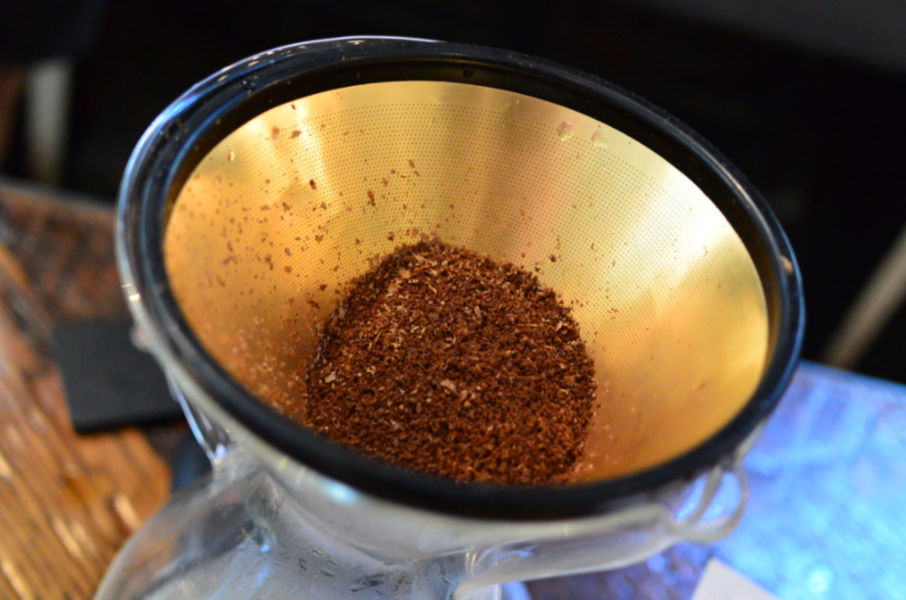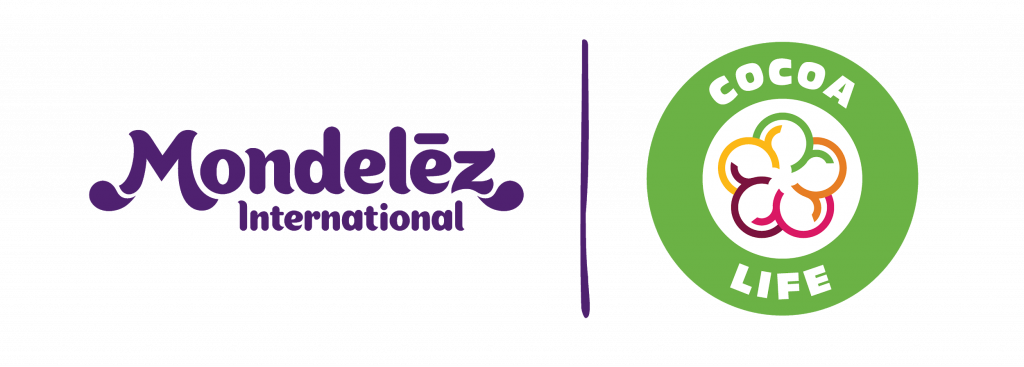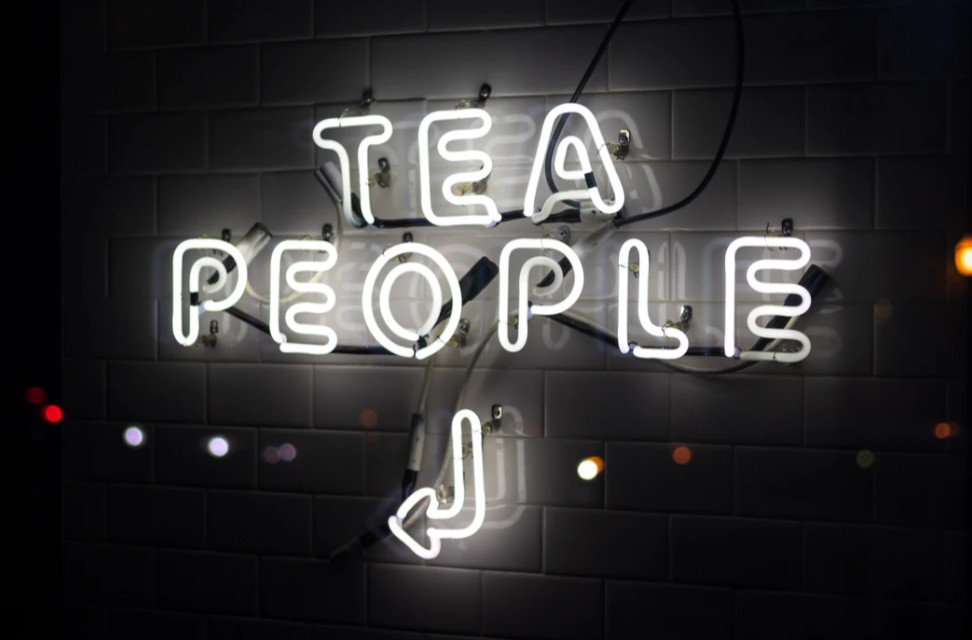As we become more environmentally-conscious and sustainable, it is important to look at choices we make when we purchase items. One way to do this is look at how ingredients or materials have been sourced. Within this post we will give you some tips on what to look for when trying to source fairly traded produce.
Fairtrade

The Fairtrade logo is easily the most recognisable of logos when talking about fairly traded items. Started in 1992 as a multi-organisational venture, the Fairtrade Foundation is a non-profit organisation that focuses on 4 key areas of work in the UK. They identify these areas as the following:
- ‘We license the use of the FAIRTRADE Mark in the UK
- We help to grow demand for Fairtrade products and empower producers to sell to traders and retailers
- We find new ways of working with our partners to support producer organisations and their networks
- We raise public awareness of the need for Fairtrade and the significant role of Fairtrade in making trade fair’
Fairtrade items don’t just include bananas and chocolate, they can also include:
- Tea and coffee
- Clothes
- Wine
- Flowers
- Gold
- Juice and Cold drinks
- Snack foods and sweets
- Sugar, herbs and spices
- Oils and spreads
- Beauty products

Fairly traded produce doesn’t always carry Fairtrade accreditation, however, and there are other fair trade standards you’ll want to keep an eye out for when you’re shopping too!
Cocoa Life

Founded in 2012 by Modelez, (best known for owning Cadbury’s), Cocoa life is a continuation of the work started by the Cadbury’s Cocoa foundation which was started in Ghana in 2008. They have 3 main aims from the project.
- Sustainable cocoa farming businesses
- Working hand-in-hand with cocoa farmers to make cocoa farming a business of choice. We help farmers become more productive, so they can increase their income from cocoa.
- Empowered cocoa communities
- Empowering the men, women and youth within cocoa communities to lead their own development and improve their livelihoods through entrepreneurship.
- Conserved and restored forests
- Protecting and restoring the land and forests where cocoa is grown, together with the farmers and communities.
Sainsbury’s Fairly Traded
In 2017, Sainsbury’s started to work more directly with their tea farmers to ensure that the tea they were getting is Fairly Traded.
“The Fairly Traded tea pilot builds on what we’ve achieved with the Fairtrade Foundation. The world is changing and the challenges farmers face are increasingly complex and we need to help. Our pilot brings more tailored support to our tea farmers – protecting all of their current benefits and adding more.”
Judith Batchelar OBE, Director of Sainsbury’s Brand
This project is still in its pilot stage but it will be interesting to keep up with the developments that will be made within the ‘Sainsbury’s Fairly Traded’ project.
Though there isn’t a logo to look for, Sainsbury’s Fairly Traded items are easily identifiable with the words Fairly Traded big and bold on the product packaging.
We’re now at the end of Fairtrade Fortnight, which is organised and funded by the Fairtrade Foundation, and has been since its inception in 1997, but this #FairtradeFortnight and beyond let’s make more conscious choices when choosing products in our shopping. They can make a real difference to the farmers who produce them.
And if you haven’t already, check out Fran’s Fairtrade Fortnight posts for more inspiration:
Fairtrade Fortnight: What does ‘Fairtrade’ actually mean, and why does it matter?
Fairtrade Fortnight: What’s the deal with Fairtrade cotton?
by Amy Bayliss-Fox, SGO Project Officer #livingwell
 Sustainability
Sustainability Felicity Brambling-Wells
Felicity Brambling-Wells 1149
1149


